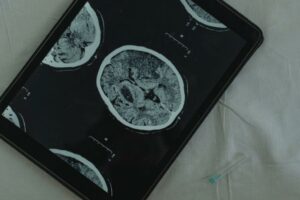The benefits and advantages of having a diagnostic imaging system in Africa are great. Performing radiology services and reports in distant cities, where the patient is not able to travel easily, and the agility in getting reports made by specialists, brings a huge contribution to the drop in mortality due to lack of diagnosis and trained doctors.
With serious health problems and a considerable lack of doctors, investing in telemedicine and teleradiology would cost less for the countries and would speed up the processes for a faster and more effective evolution of medicine. Introducing a distance system would incorporate new solutions for healthcare practices.
General Knowledge:
The African continent is the third largest in land area with more than 30 million km², covering approximately 20% of the total land area of the planet earth. Its population is around 1.2 billion people and it is the second most populous continent in the world, containing more than 54 countries and 7 independent territories.
Problems:
Africa, as well as many other regions of the world, has several problems that hinder access to health care, among them: lack of infrastructure, poor geographical distribution of human resources (doctors, nurses, and administrative staff).
However, health is one of the main adversities to be faced. With the lack of structure and basic sanitation, diseases spread more easily, affecting mainly the poorest parts of the continent. The lack of doctors and equipment capable of helping in the treatment and diagnosis of diseases makes this scenario even more difficult.
Diagnostic Imaging in Africa:
Some countries try to make this connection, such as Portugal, which in 2013 inaugurated a telemedicine platform with Africa; the platform is portable and fully in Portuguese, also compatible with any type of medical diagnostic equipment.
Therefore, Africa is a continent with ample space for teleradiology, which would bring benefits not only for local health professionals, but also for the population, which would have greater accessibility to state-of-the-art, cost-effective services.




